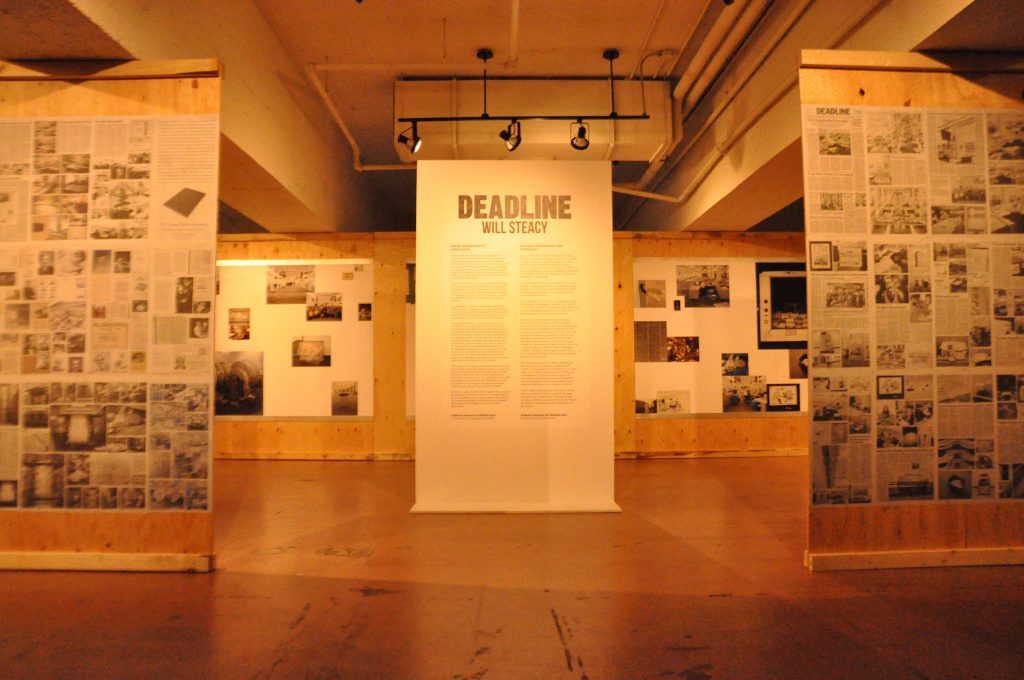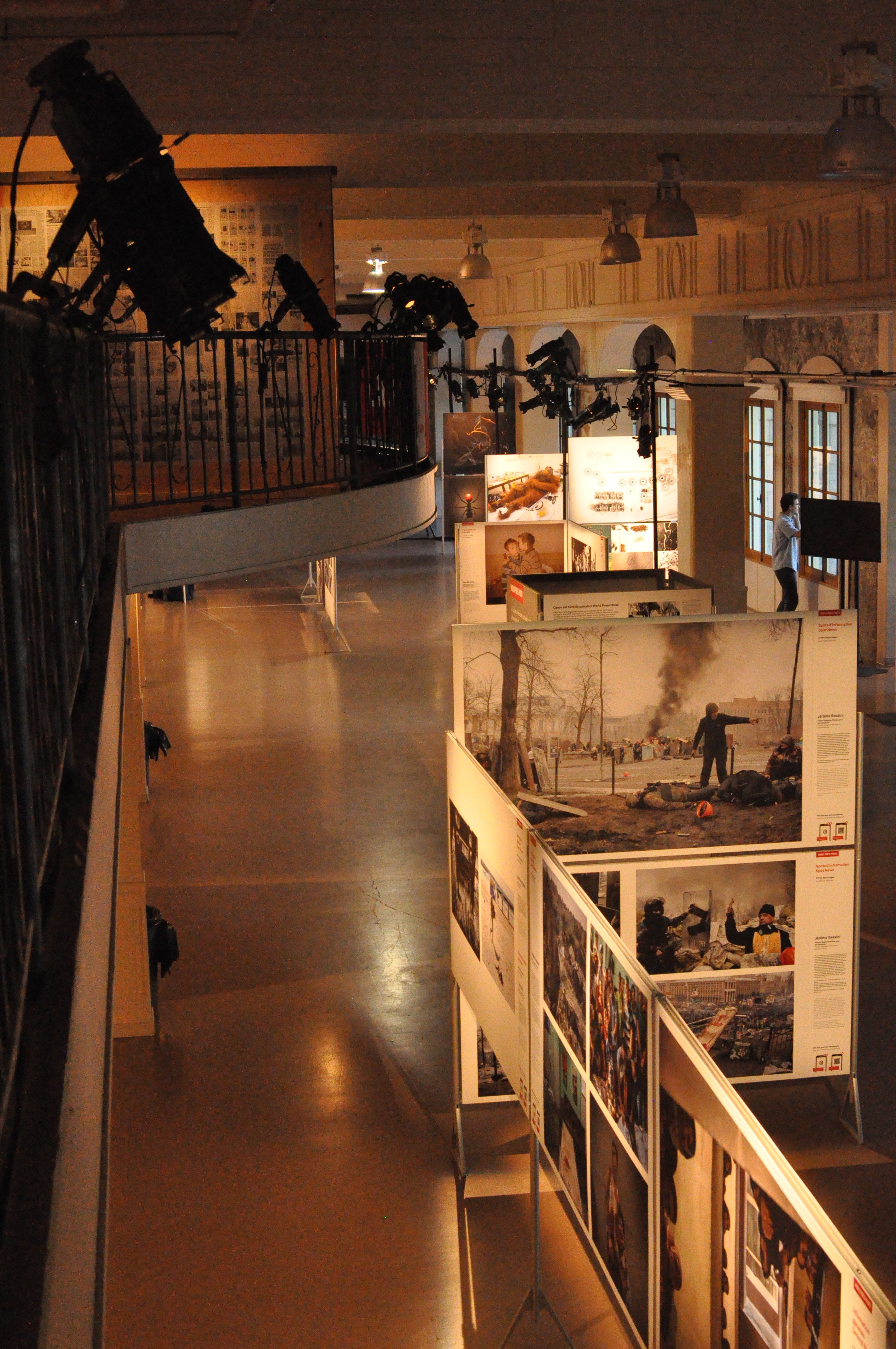The exhibit at Bonsecours Market gives a snapshot of last year’s prestigious photojournalism
The World Press Photo exhibit is in town again until Sept. 27. Every year, photography and journalism aficionados have a chance to come and see the cream of the crop of last year’s press photos at the Bonsecours Market.
The photojournalism exhibition provides the attendees with a detailed look into what happened around the world last year. From the somewhat gruesome but necessary depiction of war and its realities, to mesmerizing pictures of Mother Nature’s strangest children, the World Press Photo exhibit offers an array of interesting subjects.
At first glance less gripping than last year’s show, the selection of prizewinning photos shows a tendency from the jury, at least for this exhibit, to privilege and award long-term projects that take a closer look at more intimate stories. This is evident when considering Danish photographer Mads Nissen’s prize-winning photo; a personal portrayal of LGBT’s problematic situation in Russia.
It ends up giving a vibe different from what the World Press Photo exhibit usually delivers: action-heavy and emotionally charged graphic images. For example, last year’s attendees may remember the “Final Embrace” by Taslima Akhter, a photograph of a Bangladeshi couple brought to an abrupt death when the factory where they worked collapsed on them. This kind of poignant photo is usually the landmark of the exhibit.
Senior Project Manager for the World Press Photo Amsterdam organization Paul Ruseler was present at the opening event. “It’s almost like a paradigm shift,” said Ruseler, commenting on the reorientation of this year’s exhibition.
This year’s winner was very different from past winners added Ruseler. “It’s clear that this is a very different image,” said Ruseler. “This picture is […] a very small story in a way.”
Still, this above-mentioned accent on long-term and more focused projects in opposition to timely “big news” events does not mean in any way that this year’s World Press Photo is not worthwhile. On the contrary, this change provides the recurrent exhibit-goer with a welcomed change of pace and focus.
In the end, the visitor can’t help but be confronted with an array of conflicting emotions when faced with what can be considered a quick but much-needed look at what goes on outside our own personal lives.
If an image can be worth a thousand words, the World Press Photo exhibit could be the most fascinating manuscript you’ll “read” this September.
Deadline: A sad glance at journalism’s contemporary tribulations

Overlooking this year’s selection is the Deadline exhibit, an enclosed collection on the top floor of the market. It tells the story of The Philadelphia Inquirer, where the artist’s father worked for years, and of the decaying situation in the newspaper industry.
Will Steacy, the American artist behind the Deadline exhibition, explained that we are currently losing a huge part of what made journalism so great.
“We lose a connection to our cities, to our society, and in my eyes, I think, in the end we ultimately lose ourselves,” said Steacy.
Part photographic reportage, part assemblage of archives and family memorabilia, the exhibit is presented in an unconventional way when compared to what you usually see in such exhibitions.
Steacy, who is self-admittedly a bit biased towards the benefits of a strong and healthy media industry since he comes from a family directly involved in the print medium, obviously has a strong connection to this exhibit that is at the same time both very personal and broad.
He also discussed how, without a dedicated press able to get to the bottom of things with all resources necessary, the public tends to turn to the easy, and somewhat lazy, sources such as Wikipedia. With the survival of long-term, work-intensive journalism in jeopardy, it’s democracy itself that will suffer said Steacy.
When asked whether this project is more of a nostalgic look into the past of print journalism rather than an accurate portrayal of today’s digitally focused reality, the American photographer simply answered that his exhibit expressed precisely the current grim situation and nothing else.
“If this cut continues to bleed, pretty soon we’ll only be left with an empty corpse, and this is a scary thought,” concluded Steacy.
The World Press Photo is open everyday until Sept. 27 at the Bonsecours Market. For more information on the exhibit and the World Press Photo organization, visit worldpressphotomontreal.ca.




